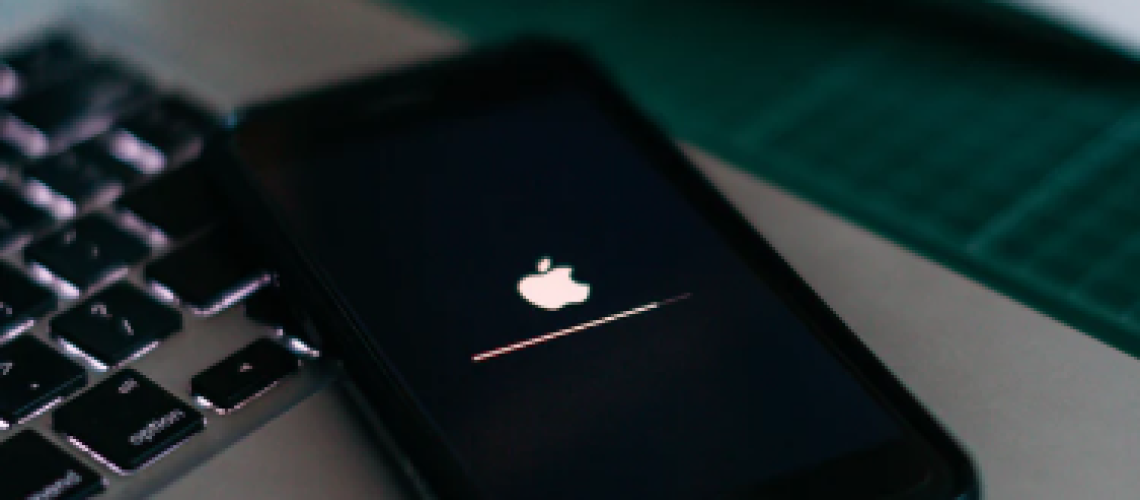Back in June, Apple announced the changes to their software products with iOS 13 at their WWDC event.
Over previous years, we’ve seen an increase in Near-Field Communication functionality (NFC) on Apple iPhones which has been an important factor in the growth and awareness of Connected Things and NFC.
The first NFC seen on the iPhone was through Apple Pay which supported NFC-based payments, and year on year this has been built on with expanding functionality. Recently we’ve seen support for non-app based support for reading NFC tags which is more in keeping with Connected Things and great news for NFC technology.
This year we see another step forward in NFC functionality with the iOS 13 update.
iPhones running iOS 13 will be able to utilise Near Field Communication much more, with the enhancements being beneficial for retail, medical, government and security industries, and quite possibly even the charitable sector.
What has Apple changed?
iOS 13 extends the NFC support to the NDEF standard. Apple has already used NFC for a while to support Apple Pay and has incrementally increased the tasks that NFC supports on it’s products. This update is bigger.
Further support for NFC standards is significant and means that instead of simply being able to read NFC tags, developers will be given the tools they need to create apps that can also write to and local blank tags.
These changes also mean iPhones will offer better support for the Transit, passport and access cards/systems that are already widely used worldwide will benefit from these changes as iPhones will offer better support for these functions.
For the time being, you won’t be able to read payment cards using an iPhone. For the updates to work you will also be needing to use an iPhone 7 model or later.
What does this mean?
Basically this means that you will be able to use NFC on iPhones in more situations.
At WWDC, Apple demonstrated an NFC-based system during an on-stage presentation, a system for product description, purchase, and promotion for an imaginary entity called the Great Fish Company.
During the demo they showed how tags could be used across the retail journey, including the provision of product information, payment, and coupon distribution.
As a result of Apple’s improved NFC support, iPhones become compatible with government-class ID systems. The UK government’s ReadID system will work with iPhones and Japan also intends to add NFC tag reading support to its national ID system later this year
The implications of this, is that people should be able to use their iPhone to provide official proof of identity. So when signing up for a bank account, for example, they could use their iPhone as proof of identity without having to visit the bank in person or providing a physical scan of their passport.
NFC stickers are also supported
NFC stickers make it possible to accept payments without having to use an app or pay terminal, and Apple have also confirmed support of these.
This enables the possibility to set up a cash-free payment system requiring nothing more than an NFC sticker. Great news for retailers or charities trying to tackle the lack of cash in our society.
How will businesses use this?
US retailers were already piloting schemes using the new NFC tag reading features before the WWDC in June. Some of these included wireless card payments at parking meters, scooter hire payments, and innovative new retail technologies. Bird, PayByPhone, and Bonobos were all testing this.
Not only can these newly adopted NFC tagging capabilities take payments easily, but they also enable retailers to create instant sign-up to their loyalty programs. Something else that charity organisations could potentially utilise.
What examples are there of it in use?
Apple’s examples are largely retail focused.
In one example given at the WDCC, a consumer could use a simple swipe of their iPhone above an NFC tag to get the product description or give a coupon when at the payment stage.
The technology can also be used to provide product information in store via apps, or about exhibits in a museum.
The iOS 13 update will take a big step forward for NFC and it’s functionality and we’re excited to see how much it will benefit multiple industries.


